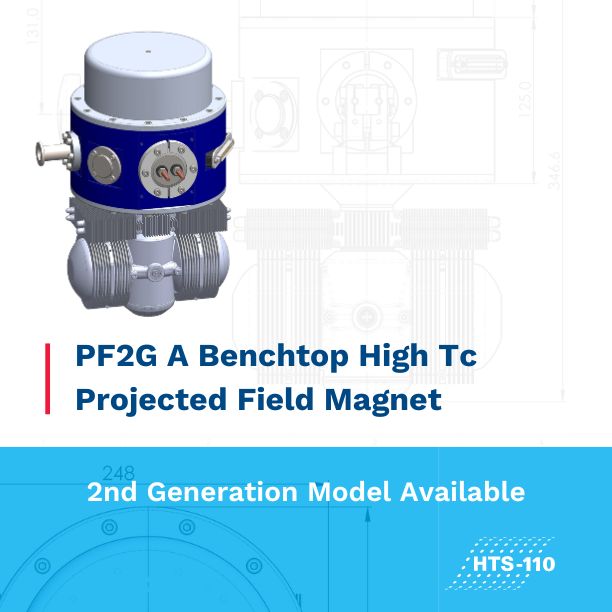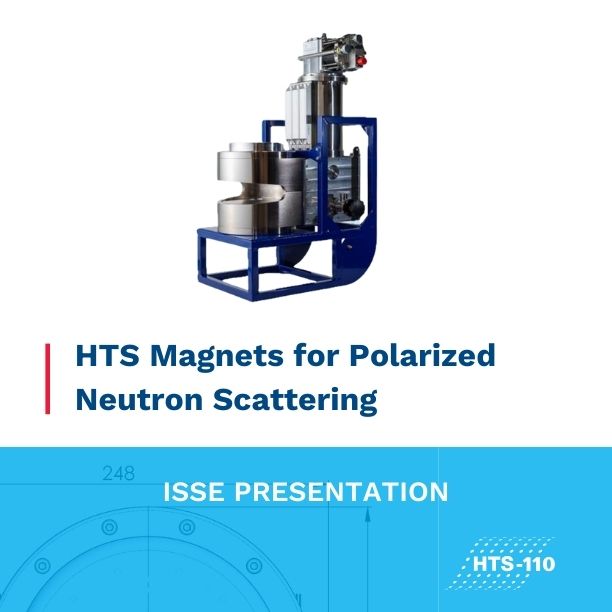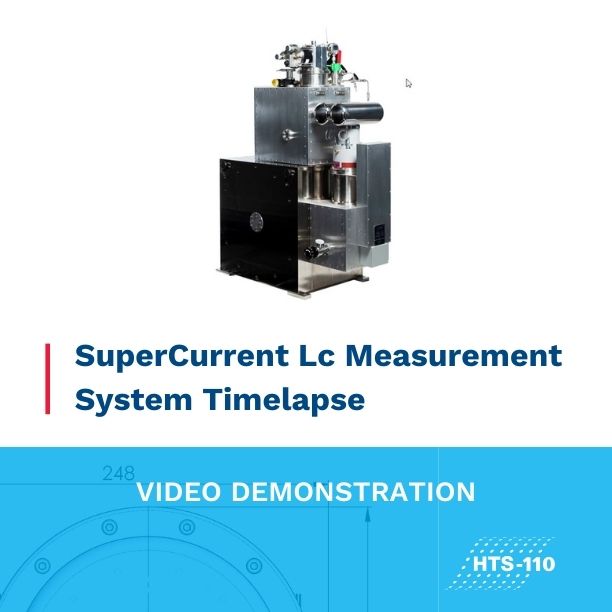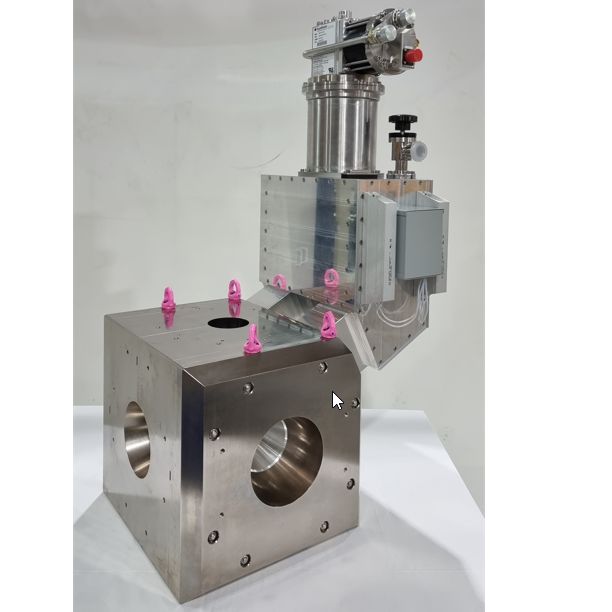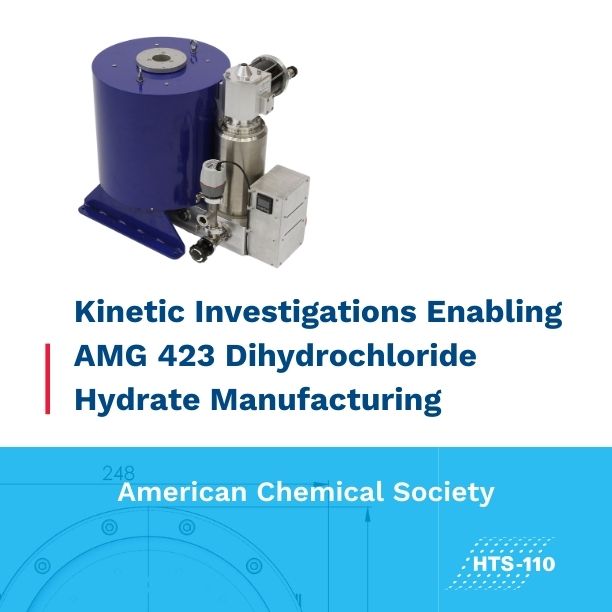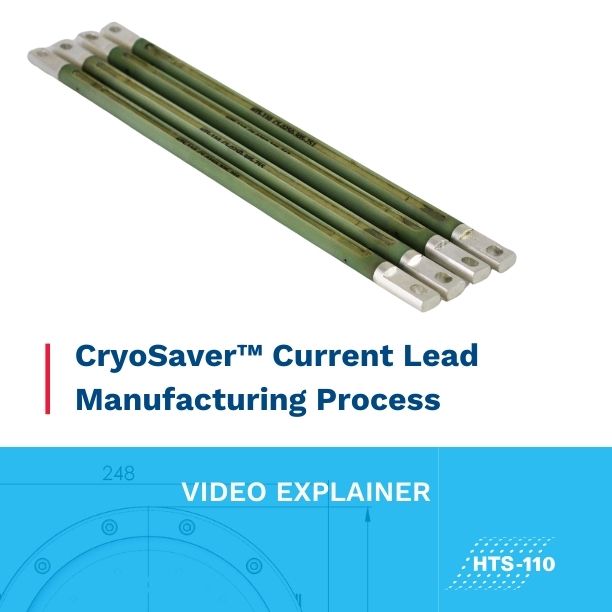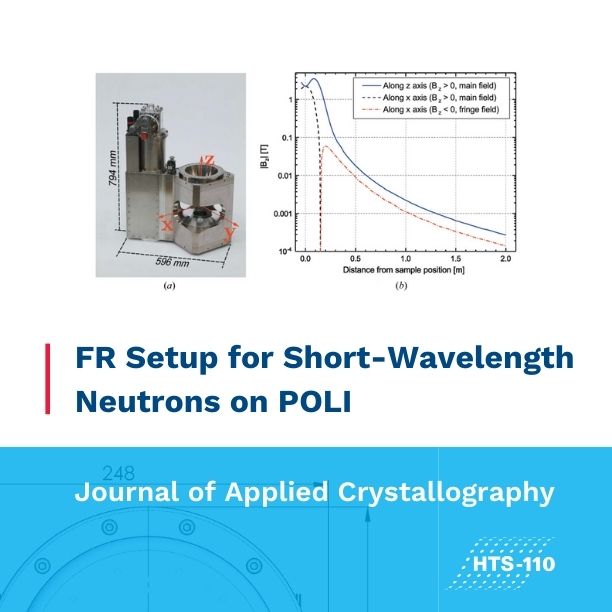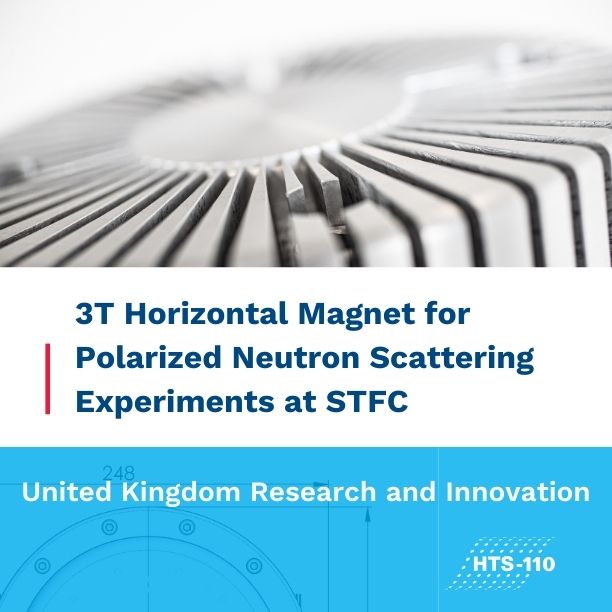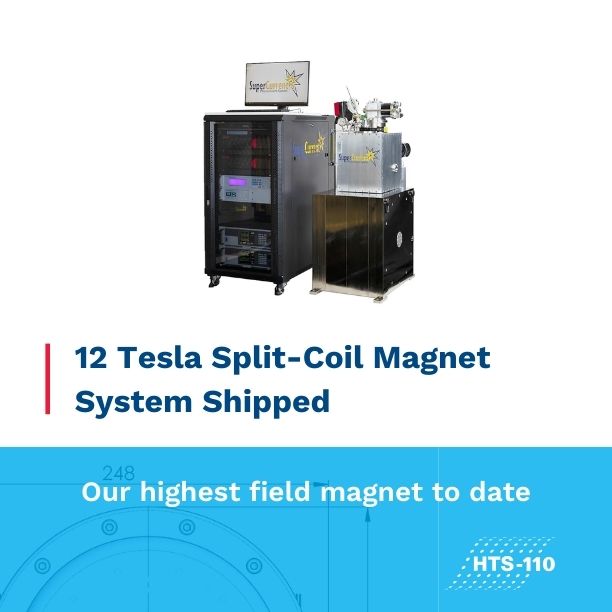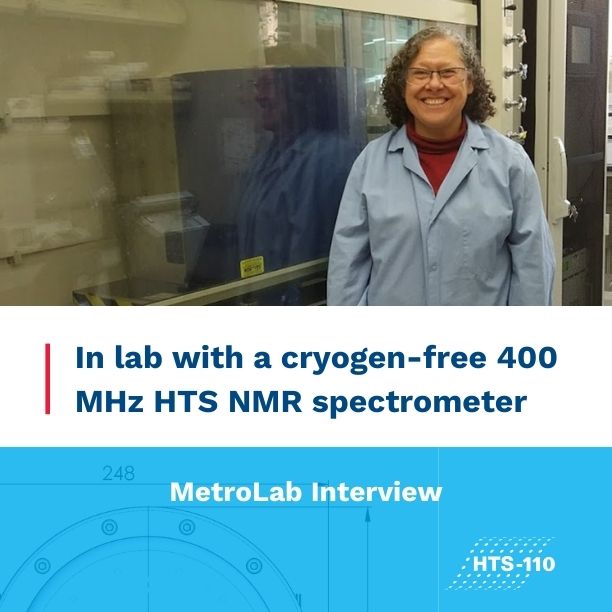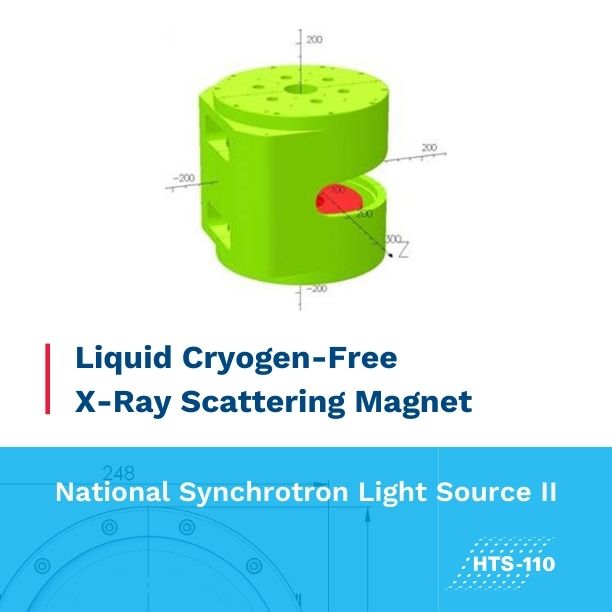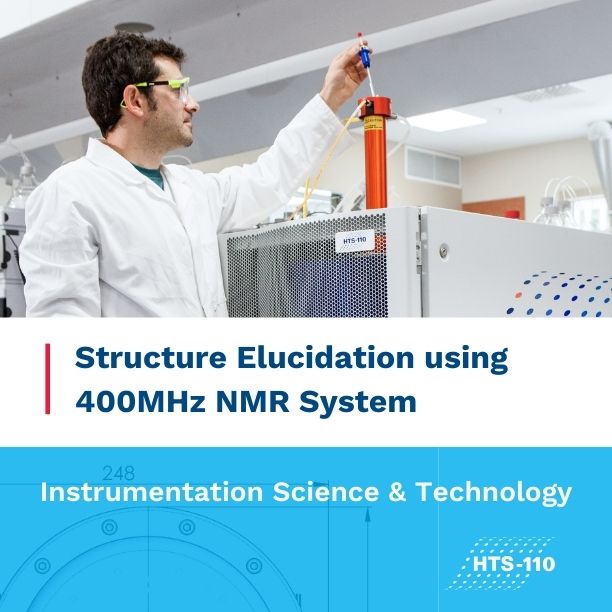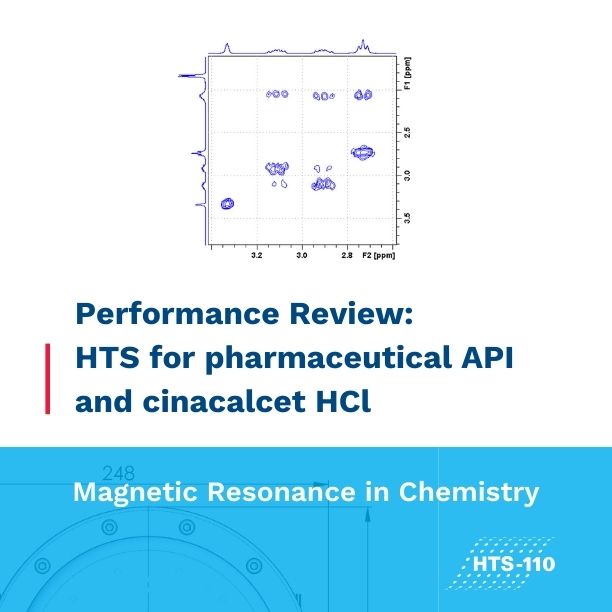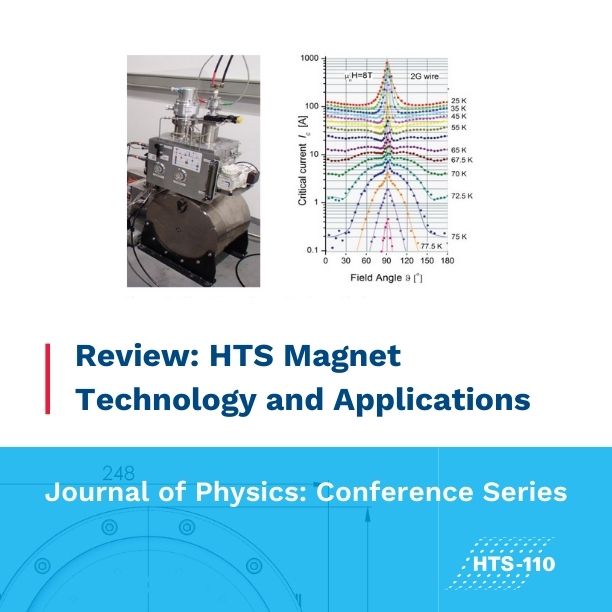2025 UPDATE view the 300 MHz NMR Spectroscopy Magnet for our latest high-resolution NMR magnet.
Mini Review: Cryogen-free 400-MHz nuclear magnetic resonance spectrometer as a versatile tool for pharmaceutical process analytical technology.
Maria, alongside the team at Amgen, has utilized the 400-MHz cryogen-free HTS NMR system in three key pharmaceutical process analytical technology applications, showcasing its utility and versatility. At Amgen, the 400-MHz NMR spectrometer has played a pivotal role in several critical applications, including:
- Structure analysis using standard 1D and 2D NMR experiments.
- Reaction monitoring in deuterated and protonated solvents when using NMR tubes and online reactors, respectively.
- RDC measurement: Testing the acquisition and measurement of RDCs as part of the computer-assisted 3D structure elucidation (CASE 3D).
The 400-MHz cryofree HTS NMR spectrometer utilises one of our HTS magnets: MR 9T4-54, an iron-yoke NMR magnet operating at 9.4 T (400.32-MHz 1H observe frequency).
On a personal note, we’d like to congratulate Maria and the team at Amgen. We applaud your pioneering spirit and are excited to see what future developments your work contributes to.
Here is the full article abstract for your convenience:
The discovery of new ceramic materials containing Ba-La-Cu oxides in 1986 that exhibited superconducting properties at high temperatures in the range of 35 K or higher, recognized with the Nobel Prize in Physics in 1987, opened a new world of opportunities for nuclear magnetic resonance (NMRs) and magnetic resonance imaging (MRIs) to move away from liquid cryogens. This discovery expands the application of high temperature superconducting (HTS) materials to fields beyond the chemical and medical industries, including electrical power grids, energy, and aerospace.
The prototype 400-MHz cryofree HTS NMR spectrometer installed at Amgen’s chemistry laboratory has been vital for a variety of applications such as structure analysis, reaction monitoring, and CASE-3D studies with RDCs. The spectrometer has been integrated with Amgen’s chemistry and analytical workflows, providing pipeline project support in tandem with other Kinetic Analysis Platform technologies. The 400-MHz cryofree HTS NMR spectrometer, as the name implies, does not require liquid cryogens refills and has smaller footprint that facilitates installation into a chemistry laboratory fume hood, sharing the hood with a process chemistry reactor. Our evaluation of its performance for structural analysis with CASE-3D protocol and for reaction monitoring of Amgen’s pipeline chemistry was successful.
We envision that the HTS magnets would become part of the standard NMR and MRI spectrometers in the future. We believe that while the technology is being developed, there is room for all magnet options, including HTS, low temperature superconducting (LTS) magnets, and low field benchtop NMRs with permanent magnets, where utilization will be dependent on application type and costs.
https://analyticalsciencejournals.onlinelibrary.wiley.com/doi/10.1002/mrc.5434
Further reading.
- Complete journal article
- Learn more about our HF range of passively shielded solenoids
- Read Maria’s interview on their project development journey
- Access the 2008 study comparing a cryogen-free 9.4-T HTS magnet with traditional cryogenically cooled systems
